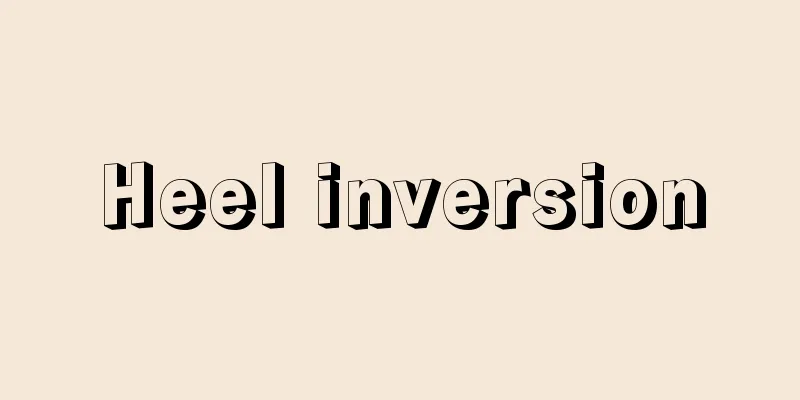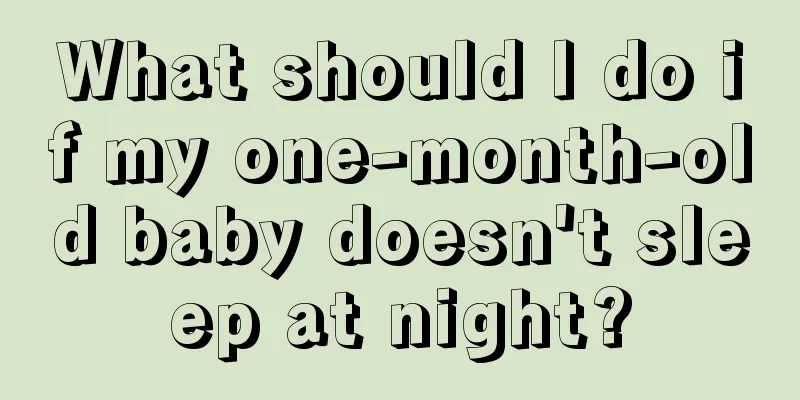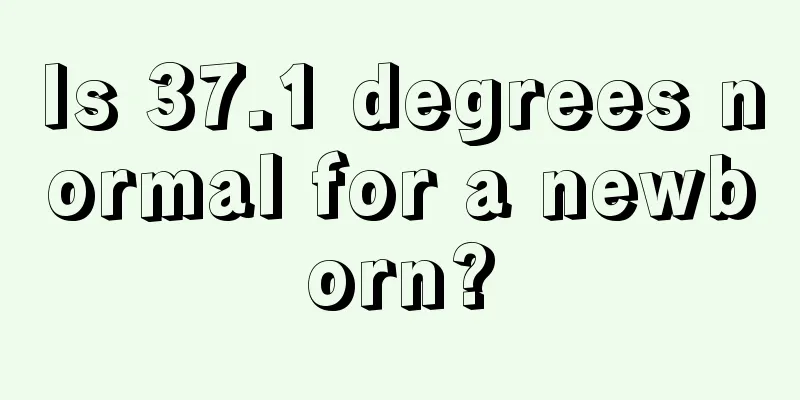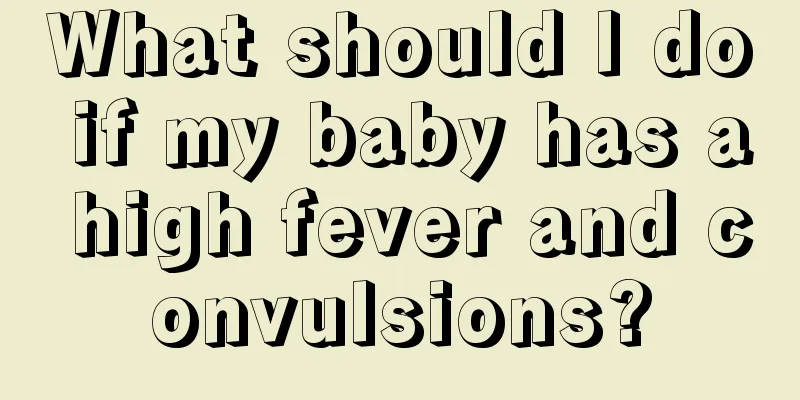Heel inversion

|
The phenomenon of inversion of the heels is particularly common in our country. It is a disease of bone malformation, and most patients have it since birth. The probability of inheritance of this disease is very high. Therefore, if a child is found to have inverted heels at birth, it is necessary to take care of him in time and have the doctor correct him. It is still good when he is young and can be cured after correction. So what is the cause of inversion of the heels? This disease has a genetic factor. Once discovered, it must be treated promptly to prevent the disease from worsening and becoming difficult to correct, which will affect future walking. In the early stages, it can be treated with manual therapy and plaster correction. As long as the early manual therapy is correct and the plaster correction is timely, if the deformity is not serious, it can be corrected without surgery. If manual correction fails to heal the disease, plaster correction should be used instead, and the plaster should be changed every 3 to 4 weeks, which usually takes 6 to 8 months. If there is no effect after 6 months, surgical treatment should be considered. Soft tissue release surgery can be performed, and a plaster boot should be used for more than half a year after the operation. The child's feet are slightly turned inward. This is a mild case of clubfoot caused by congenital developmental abnormalities. In this case, conservative treatment is recommended first. This situation is mostly caused by congenital developmental abnormalities and has little to do with the body's posture. In the current situation, it is recommended to use acupuncture + massage + external fixation for adjustment treatment, and at the same time, it is advisable to supplement some calcium for adjustment treatment. Congenital clubfoot is a relatively common congenital orthopedic malformation in children, with an incidence rate of one in a thousand, twice that of boys as of girls, and slightly more common on the unilateral side than on the bilateral side. After birth, it can be found that one or both feet show equinovarus deformity, that is, the heel is small, the heel is turned inward, the forefoot is adducted and turned inward, and the toes are deviated and turned inward. In addition, it is often accompanied by inward rotation of the lower leg, presenting an O-shaped leg deformity. As age increases, the deformity will gradually worsen. Especially after walking with weight, since children can only touch the ground with the outer edge of the instep, serious deformation of bones and joints will occur over time, and abnormal thickening of the skin on the outer edge of the instep often occurs, which is medically called callus. The treatment of congenital clubfoot must be emphasized at an early stage, and it should never be started until after the age of 5, because by then the child's feet will have gradually developed serious bone and joint deformities, making treatment more difficult and the treatment effect will be relatively poor. Once the disease is discovered after birth, conservative treatment (including manual correction, plaster correction, etc.) should be started under the guidance of a pediatric orthopedic specialist. Generally, conservative treatment can be started half a month to one month after birth. The vast majority of pediatric orthopedic specialists believe that the recurrence rate of deformity correction with conservative treatment is approximately 40-80%. Although conservative treatment has a higher rate of deformity recurrence, it is an important preparation process before surgery. Manual massage or staged orthopedic plaster fixation under the guidance of a pediatric orthopedic specialist before surgery is essential. Because manipulation or plaster correction can fully stretch the contracted tendons, ligaments, joint capsules and other soft tissues of the foot, and fully expand the skin on the inside of the back of the foot, it reduces the chances of postoperative deformity recurrence and incision skin necrosis and infection; it can also reduce the rocking chair foot deformity caused by wrong or incorrect manipulation massage or orthopedic plaster fixation, which is more difficult to treat than congenital clubfoot deformity. |
<<: Newborn baby's legs shaking like cramps
>>: Baby's right foot turns inward
Recommend
Why do two-year-old babies love to bite?
A two-year-old baby always likes to bite people. ...
What should I do if my baby has a runny nose due to inflammation?
Many children usually have some internal heat sym...
What to do if children have a cold, stuffy nose or runny nose
When children have a cold, many parents will be p...
Is it okay for the baby to take a bath every day?
Taking good care of the baby's daily life is ...
How many months is it appropriate to add complementary food to babies?
As babies grow up, they can no longer only be fed...
Will there be sequelae if a child has a fever and convulsions?
Fever is a disease that we often encounter in our...
What should I do if my children often fight?
It is normal for children to have conflicts when ...
Prevention methods for newborns with excessive drooling
After a newborn is born, you will gradually find ...
What should I do if my baby's white eyeballs have red bloodshot?
The eyes are not only the window to the baby'...
How to prevent tooth decay in children
The occurrence of tooth decay is a phenomenon tha...
The child has a lump on his neck that will slide
Lymph nodes are very important in the human body....
What are the causes of stomach pain in 4-year-old babies?
Children are the most pitiful when they are sick....
What foods can supplement iron for children?
Iron plays a vital role in maintaining human heal...
Symptoms of a baby swallowing a coin
When children are infants, their brains are in a ...









